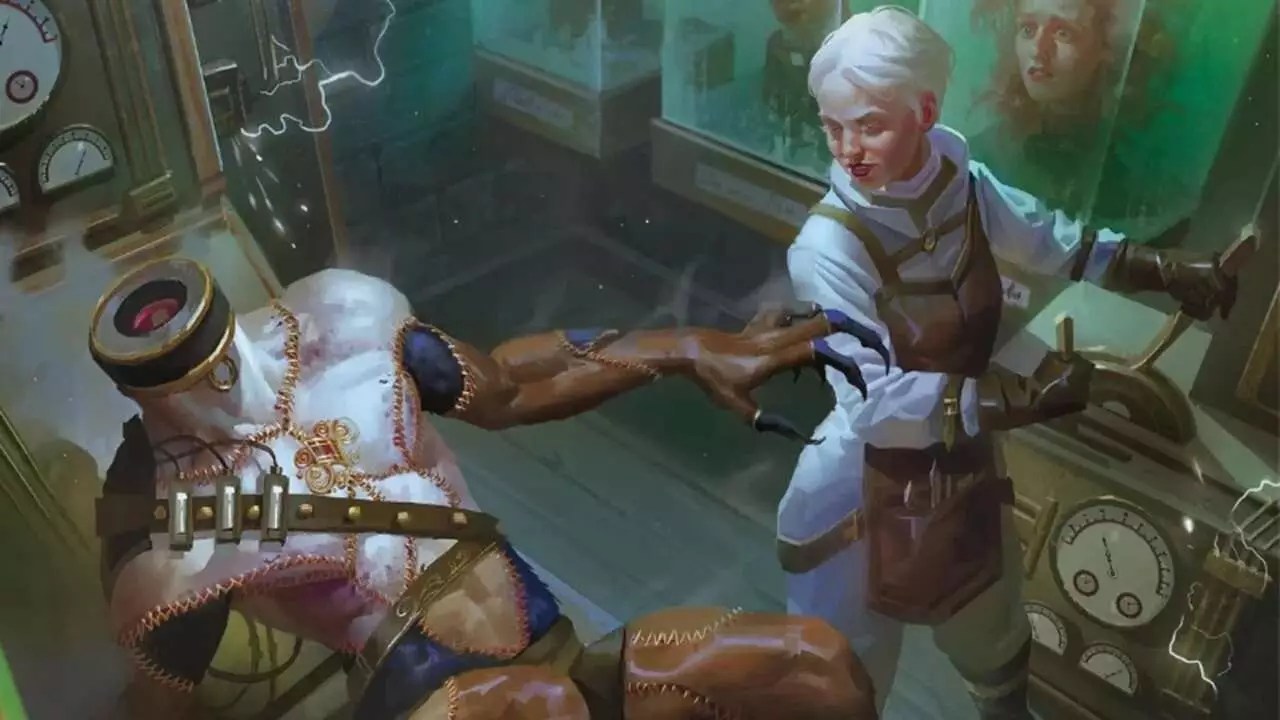Dungeons & Dragons (D&D) has long been celebrated for its capacity to blend fantastical adventure with deep storytelling, and its latest Unearthed Arcana playtest is revolutionizing the horror genre within the game. Wizards of the Coast has launched eight new subclasses that are as chilling as they are innovative. This article delves into the haunting themes and thrilling mechanics introduced, spotlighting both the excitement and the implications of these subclasses.
Embracing the Macabre
The Uncharted Arcana submission introduces players to an array of dark and intricately designed subclasses that meld horror with traditional gameplay. Among the highlights, two entirely new subclasses—the Reanimator for the Artificer and the Hollow Warden for the Ranger—stand out for their creative exploration of themes like necromancy and folk horror. The creators have taken advantage of rich narratives revolving around the macabre, allowing players to step outside their comfort zones and engage with darker themes.
Mackenzie de Armas, the game designer behind this innovative release, describes the Reanimator as a direct homage to horror classics like Mary Shelley’s “Frankenstein.” By stitching together bodies, players can create unique companions that defy the natural order—a powerful narrative hook that both encourages gruesome creativity and raises profound ethical questions surrounding life and death in a fantasy setting. This thematic richness of agency over life and the consequences that come with it gives the subclass a compelling depth rarely explored in previous editions.
The Forest Beckons
Similarly, the new Hollow Warden subclass invites Ranger players into a world steeped in folk horror, drawing inspiration from ancient mythologies and the unsettling nature of cryptids. The character transforms from a mere hunter into a guardian of dark woods—a being that can shift its form and engage in primal ferocity against those who would disrespect the wild. The blending of ecological dynamism with a dark, narrative undercurrent makes for an interesting gameplay experience that encourages tactical and strategic thinking.
What’s particularly intriguing is how these subclasses draw upon the concept of fear—not just as a mechanic or tool but as a fundamental element of storytelling. Players now have the opportunity to explore a plethora of themes previously left untouched, digging deeper into the psychological aspects of their characters. The impact of fear and the unknown paired with D&D’s improvisational storytelling can provide exceptional tension and engagement.
Reimagining Classic Subclasses
Alongside the new classes, six updated subclasses promise to expand the breadth of character options within the game. Each update reinvigorates origin classes like the Bard, Rogue, and Sorcerer, providing players with fresh interpretations that deepen their engagement with the material.
For instance, the College of Spirits Bard allows players to channel supernatural entities, embodying a storytelling tradition that borrows from ghost stories and folklore. Similarly, the Phantom Rogue offers an eerie connection to death, turning espionage into a game steeped in existential dread. By adopting these ethereal characteristics, players can truly immerse themselves in the horror elements of their campaigns.
Each updated subclass utilizes a robust framework that encourages players to think creatively about their character’s relationship with life, death, and everything in between. These adaptations signify a commendable departure from straightforward archetypes, allowing players to explore the darker side of fantasy tropes—a feat that aligns perfectly with the genre’s roots in horror literature.
The Potential Impact of Experimental Playtesting
The nature of Unearthed Arcana invites a dialogue between players and designers—offering an opportunity for growth and community feedback. In an era where gaming experiences are increasingly collaborative, the aspect of playtesting adds a layer of refinement that benefits both creators and players. However, it also brings the risk of backlash if the designs do not resonate with the community. Daring to tread into such dark themes necessitates a careful approach to ensure that all players feel included and not alienated by the narratives these subclasses encourage.
Moreover, introducing horror elements into a generally flexible campaign structure demands that players are aware of emotional triggers, similar to how horror intake often requires consent in various forms of media. Balancing fun with the storytelling weight of horror can elevate campaigns but must be handled with sensitivity and respect.
As players immerse themselves in these fresh subclasses, the evolution of horror within Dungeons & Dragons isn’t just an aesthetic change; it represents a shift in how stories can be woven into the framework of role-playing. The fusion of traditional gameplay mechanics with the macabre is a thrilling journey that expands the potential for vivid storytelling and deep character exploration, reimagining what it means to adventure in a fantasy setting where darkness lurks at every turn.


Leave a Reply